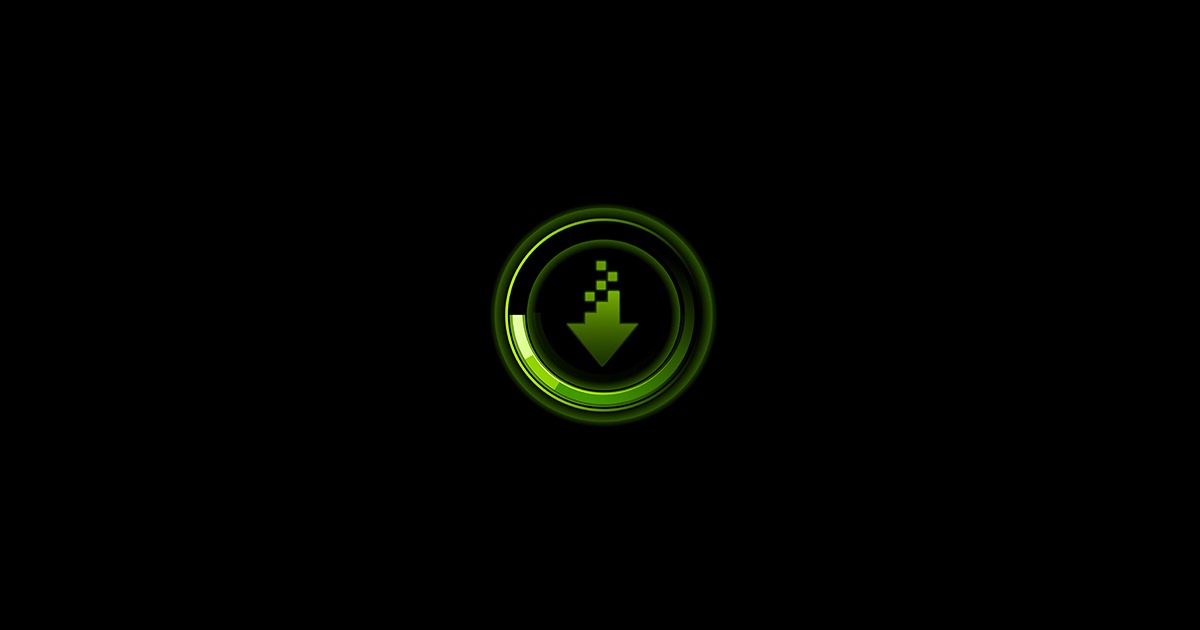Hi, advice sought.
The last couple of days I've noticed an interesting and worrying phenomenon on my 2021 PC Specialist Desktop.
I'm using Lightroom (the 2016 legacy permanent license type). So, I'm looking at pictures.
I've noticed is a red spot vaguely near the upper left 1/3 1/3 junction. It's about (exactly?) the size of a monitor pixel (or two, horizontally). This manifests itself on both of my monitors. On landscape pictures. On portrait pictures, there is a more subtle white spot in a vaguely similar location.
It only appears viewing pictures in Lightroom. Not the same photos in other apps. Not in any general apps.
I *think* it's entirely repeatable in a session, I'm not sure if all photos/the same photos are perpetually affected. In general I think the red spot has been in the same place on successive logins (PC not shut down), but I'm not yet sure it's always there.
The photos are stored on a Synology NAS via wired internet. Lightroom's catalogues and thumbnails/previews are on a spinny disk in the PC, but I don't know if LR keeps the displayable resized-for-monitor-immediate display copy there or not.
As it seems to depend upon the viewing program, and as colour depends upon orientation, I think I can not blame the camera. As two (non identical) monitors show it, it's not them, and the dependency on what's viewed also rules them out. As MS Photos does not show the spot, I think it's not in the "real" photo's data on the NAS (although as the photos are Nikon NEF RAW files, it's possible MS are deploying a hot pixel algorithm that LR doesn't?). As LR hasn't updated (nor any driver AFAIK), I doubt it's a SW issue.
So. It looks to me like either the RAW picture file from the NAS into LR's read of it is corrupted in transit; Or LR is holding the RAW picture in a memory buffer, and developing it into a displayable format in another memory buffer. And one or other of those buffers has failed memory in it. Or, could it be in the GFX card?
Does my reasoning seem ok, or are there other suggestions?
In either case, what to do? Is there a preferred RAM test I could run? Tests of access methods and PC-been-powered-up-time etc?
The PC was order no 2193584, if that's what's required to view the spec.
The last couple of days I've noticed an interesting and worrying phenomenon on my 2021 PC Specialist Desktop.
I'm using Lightroom (the 2016 legacy permanent license type). So, I'm looking at pictures.
I've noticed is a red spot vaguely near the upper left 1/3 1/3 junction. It's about (exactly?) the size of a monitor pixel (or two, horizontally). This manifests itself on both of my monitors. On landscape pictures. On portrait pictures, there is a more subtle white spot in a vaguely similar location.
It only appears viewing pictures in Lightroom. Not the same photos in other apps. Not in any general apps.
I *think* it's entirely repeatable in a session, I'm not sure if all photos/the same photos are perpetually affected. In general I think the red spot has been in the same place on successive logins (PC not shut down), but I'm not yet sure it's always there.
The photos are stored on a Synology NAS via wired internet. Lightroom's catalogues and thumbnails/previews are on a spinny disk in the PC, but I don't know if LR keeps the displayable resized-for-monitor-immediate display copy there or not.
As it seems to depend upon the viewing program, and as colour depends upon orientation, I think I can not blame the camera. As two (non identical) monitors show it, it's not them, and the dependency on what's viewed also rules them out. As MS Photos does not show the spot, I think it's not in the "real" photo's data on the NAS (although as the photos are Nikon NEF RAW files, it's possible MS are deploying a hot pixel algorithm that LR doesn't?). As LR hasn't updated (nor any driver AFAIK), I doubt it's a SW issue.
So. It looks to me like either the RAW picture file from the NAS into LR's read of it is corrupted in transit; Or LR is holding the RAW picture in a memory buffer, and developing it into a displayable format in another memory buffer. And one or other of those buffers has failed memory in it. Or, could it be in the GFX card?
Does my reasoning seem ok, or are there other suggestions?
In either case, what to do? Is there a preferred RAM test I could run? Tests of access methods and PC-been-powered-up-time etc?
The PC was order no 2193584, if that's what's required to view the spec.


